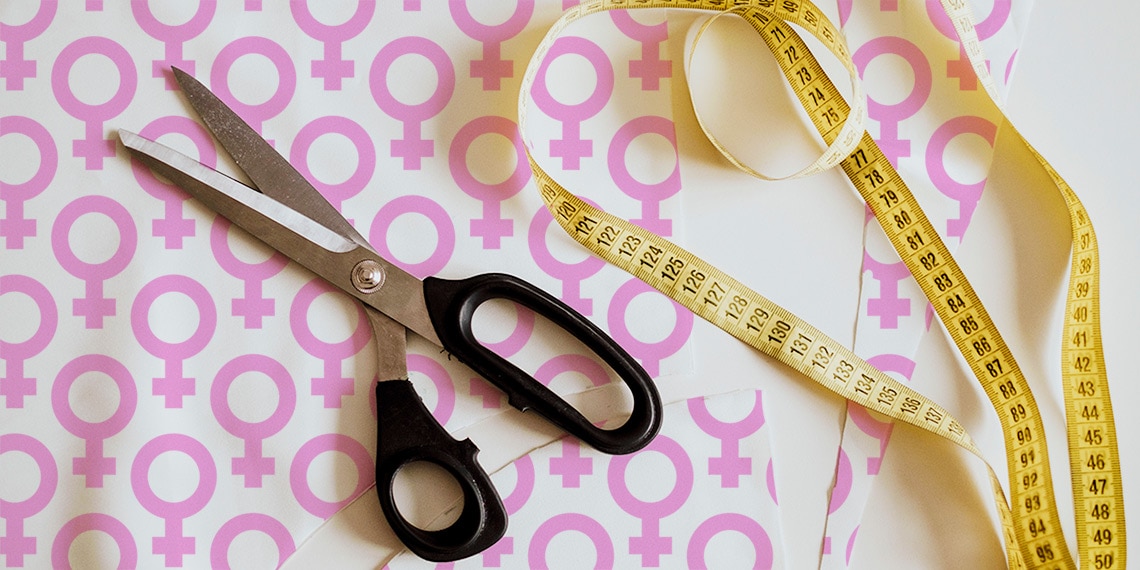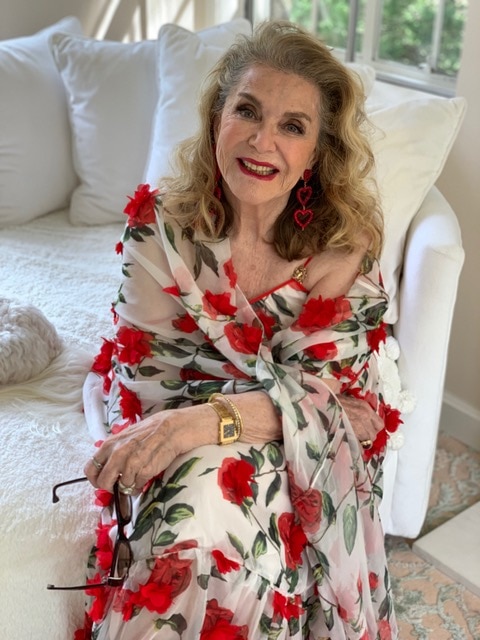
Judy Eigen knew firsthand that the garment industry was a woman-focused but male-dominated business. Her father, Morris, made a living by creating knockoffs of Parisian fashion lines for a New York-based clothing chain.
Yet, despite the personal connection, Eigen never expected to work in the so-called “rag trade.” And she certainly never expected to revolutionize the women’s fashion market. But that’s exactly what she did as the founder of Judith Ann Creations—one of the first high-end fashion lines imported from India, and the first for plus-sized women.
A Varied Start
After graduating from the University of Michigan, Eigen moved back to New York and held various jobs: social worker at a detention house for teenagers, door-to-door bookseller, interior designer.
“My generation was brought up to marry,” Eigen says, but Mr. Right didn’t instantly materialize for her. She found herself dreaming of travel, so she saved money and started to take trips abroad. She visited Vietnam, as well as Europe, India and Afghanistan. It was there that, with a $500 stake, she began buying rugs and other items for what she called her “B business”—baubles, bangles, beads and bedspreads.
This was the ’60s, and her sister-in-law was going to trade shows and selling items to museum stores. Eigen began to fill orders for her by importing Indian crafts. Then she opened a shop in midtown Manhattan. Her mother babysat the store when she was abroad, searching for goods.
She attributes her adventurous nature to her mother, Beatrice, who also encouraged her to be philanthropic. “My mother was the original hippy,” says Eigen. “She was a sculptor who studied with Chaim Gross and Bruno Lucchesi. She was a fabulous person with great values. She told me, ‘Always give away half of what you make.’ And I always have.”
From Scarves to Dresses
At a 1973 New York trade show, Eigen fell in love with a block-printed scarf from India. She tracked down the scarf designer, Ritu Kumar, in Kolkata. She remembers saying to Kumar, “Why don’t we put two scarves together, put straps on top of them and make a dress?”
Distribution was on Eigen’s mind. She asked her father to help by selling the dresses stateside, but he didn’t want any part of it. “He didn’t see me becoming a businesswoman,” says Eigen. So she wrote him a letter explaining how he wouldn’t have to pay for her wedding; instead, the money could be used to help with this venture. “After that, he set me up with his partner, who distributed our clothing,” she says.
Eigen and Kumar began designing silk, block-printed garments. Kumar handled the manufacturing while Eigen took care of importing the dresses into the United States. Six months later, Judith Ann Creations dresses showed up in the windows of Saks Fifth Avenue. The line was an instant smash.
Working Locally
When Eigen wanted to add beading and embroidery to the dresses, Kumar wasn’t interested. Producing a line of garments adorned with beads and elaborate stitching was complicated. But Eigen was determined. She moved to Delhi and used a test workshop to determine the labor costs of various sewing and beading designs.
Working with local logistics experts who understood dressmaking, Eigen established a network of about 10,000 tailors and beaders. The operation was huge, and sales went through the roof, says Eigen. But there was one thing that bothered her: her all-male workforce.
Finding Jobs for More Women
“I was always interested in women working,” says Eigen. But she notes that in clothes manufacturing, men were usually the tailors—not women—so she had to work very hard to get women involved.
Collaborating with her business partners in India, Eigen pushed to build all-women teams for the finishing of clothes—the hemming, seaming and checking the final stitching. As Eigen saw it, she was striking a blow against inequality. “My handicraft-oriented garments became an extension of my social work,” says Eigen, who feels like she’s a combination of a social worker, craftsperson and artist.

Judy Eigen
Finding an Exit, and Love
Judith Ann Creations dresses were premium clothes for plus-size women, and the company was a huge success. Eigen says the label made millions of dollars from the 1970s to the late ’90s and expanded into numerous lines, including Judith Ann Couture, Brilliante and Once Upon a Kid.
Her success didn’t escape the notice of the competition. Other manufacturers began selling knock offs of Eigen’s work at lower prices, and Eigen eventually decided to leave the business. Plus, Mr. Right had surfaced, and she wanted to focus on her family life.
In recent years, Eigen has painted, made jewelry and written a book, Designing My Life. While she designs fewer dresses these days, she has organized plenty of fundraisers—an effort in keeping with her long history of helping provide opportunity to others.
Seth Kaufman is a journalist and ghostwriter based in Brooklyn. His work has appeared in The New York Times, The New Yorker online and many other publications.
Inset photo courtesy of Judy Eigen.
Get inspired by how these female CEOs are funding their businesses.

